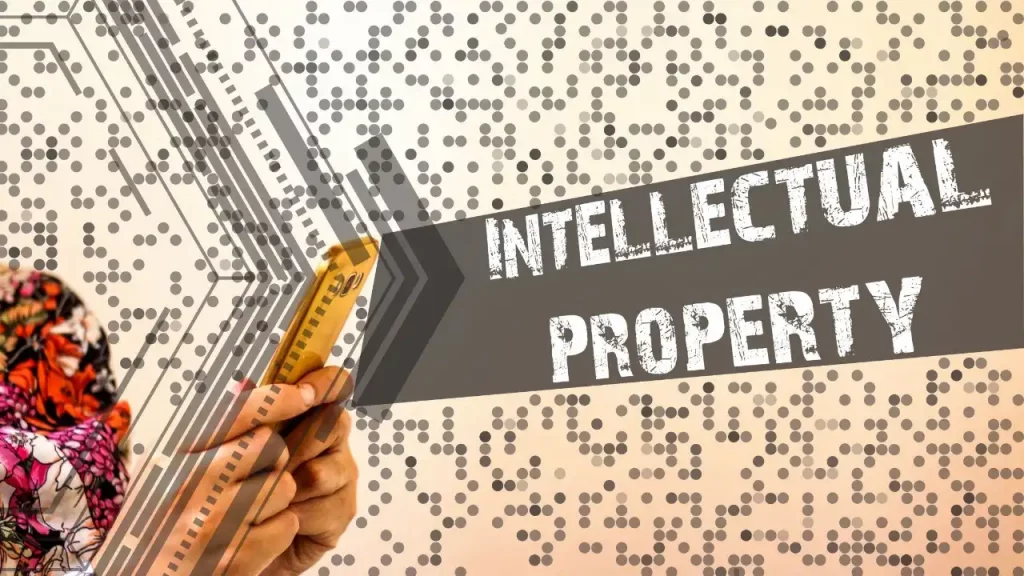As businesses move into the metaverse, it is important to take steps to protect their intellectual property. The metaverse offers a new and exciting way to market and sell products and services, but it also poses a risk for companies that do not take steps to safeguard their IP. In this blog post, we will discuss some of the ways that you can protect your IP in the metaverse.
What is intellectual property (IP)?
Intellectual property (IP) is a category of property that includes intangible creations of the human intellect. There are many types of intellectual property, and each can be protected in different ways. Some types of intellectual property rights include copyrights, trademarks, patents, and trade secrets.
Why do people need to safeguard their IP in the metaverse?
The answer is simple. The metaverse is a place where people can create and share their own virtual worlds. In these virtual worlds, people can create anything they want. This includes characters, items, and even entire landscapes.
Because the metaverse is a place where people can create anything they want, it is also a place where people can infringe on other people’s intellectual property (IP). For example, someone could create a virtual world that is an exact copy of another person’s real-world home. Or, someone could create a virtual character that is an exact copy of another person’s copyrighted character.
How can people safeguard their IP in the metaverse?
When someone infringement on your IP in the metaverse, it can be difficult to enforce your rights. That’s why it’s important to take steps to safeguard your IP before entering the metaverse.
There are a few different ways to do this:
1. Register your IP with the appropriate authorities
If you have a copyrighted work, you can register it with the U.S. Copyright Office. This will give you the ability to sue for infringement in federal court.
You can also register your trademark with the U.S. Patent and Trademark Office. This will give you the ability to sue for infringement in federal court.
2. Include a notice of copyright or trademark on your work
If you include a notice of copyright or trademark on your work, it will be more difficult for someone to argue that they didn’t know they were infringing on your rights.
3. Use a licensing agreement
A licensing agreement is a contract between you and the person who wants to use your work. In the agreement, you specify how the work can be used and what the person can do with it.
A licensing agreement can be a helpful way to safeguard your IP because it gives you more control over how your work is used.
4. Use watermarks
Watermarks are a type of notice that can be added to digital works. They can help to deter infringement because they make it more difficult to copy or alter a work without altering the watermark.
5. Use encryption
Encryption is a process of transforming readable data into an unreadable format. This can help to safeguard your IP because it makes it more difficult for someone to access your work without your permission.
6. Take screenshots
If you think someone has infringed on your work, taking screenshots can be helpful evidence. Screenshots can show the date and time that the infringement occurred, as well as the infringing work itself.
7. Send a cease and desist letter
If you think someone is infringing on your rights, you can send them a cease and desist letter. This is a formal demand that the person stop infringing on your rights.
8. File a complaint with the appropriate authorities
If you think someone is infringing on your rights, you can file a complaint with the U.S. Copyright Office or the U.S. Patent and Trademark Office.
Filing a complaint can be a helpful way to stop infringement because it puts theInfringer on notice that you are taking action to protect your rights.
9. Hire an attorney
If you want to take legal action against someone who is infringing on your rights, you should hire an attorney. An attorney can help you navigate the legal process and ensure that your rights are protected.
Taking steps to safeguard your IP before entering the metaverse can help you to avoid infringement and enforce your rights if infringement does occur.
How can businesses and individuals protect their online reputations and brands in the metaverse space?
The key to safeguarding your online reputation and brand in the metaverse is to take a proactive approach. This means being aware of what is happening in the virtual world and taking steps to protect your online presence.
Some tips for protecting your online reputation and brand in the metaverse include:
1. Create a strong presence
Make sure you have a strong presence in the virtual world. This means having a robust profile and being active on social media platforms.
2. Monitor your online reputation
Use Google Alerts and other tools to monitor your online reputation. This way, you can quickly address any negative comments or reviews.
3. Respond to negative comments
If you do receive negative comments, address them head-on. Responding to criticism in a constructive and positive manner can help to improve your online reputation.
4. Take action against cyberbullies
Cyberbullying is a serious problem in the virtual world. If you are the victim of cyberbullying, take action against the bully. This may include reporting them to the platform provider or filing a police report.
5. Protect your personal information
Be careful about what personal information you share in the virtual world. Only share information that you are comfortable with and that is necessary.
By taking these steps, you can help to safeguard your online reputation and brand in the metaverse.







